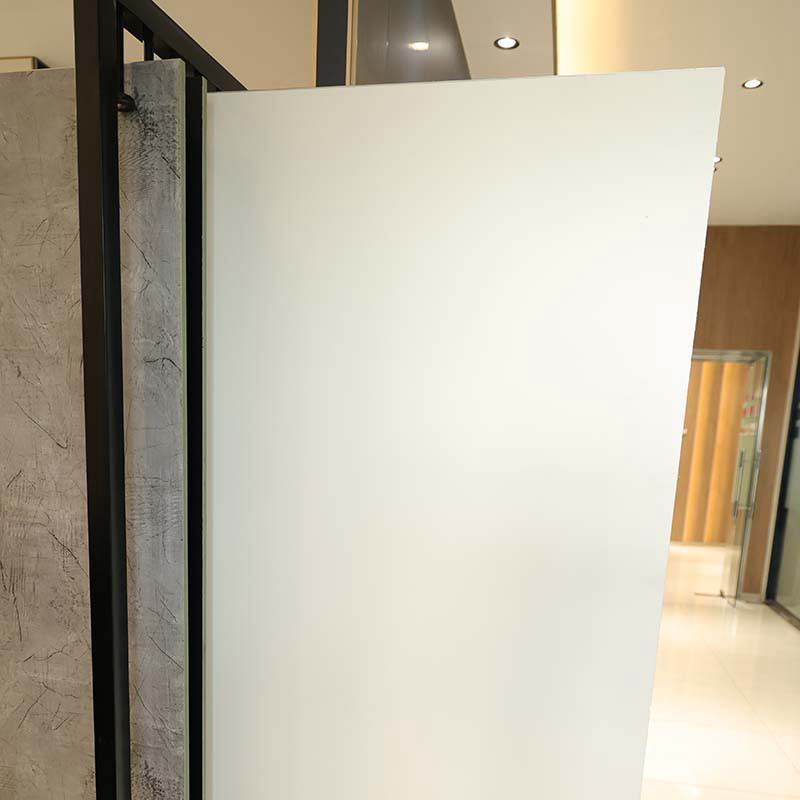The kitchen is the heart of the home, where we gather to cook, eat, and socialize. It\’s a space that should be functional, comfortable, and stylish. But when it comes to designing a kitchen, sustainability is also becoming a top priority for many homeowners. One way to achieve this is by incorporating bamboo into your kitchen design.
Bamboo is a fast-growing, renewable resource that is both durable and beautiful. It\’s an eco-friendly alternative to traditional hardwoods and is becoming increasingly popular in the design world. Here are some ways you can incorporate bamboo into your kitchen.
Flooring
Bamboo flooring is a great option for the kitchen. It\’s easy to clean, durable, and comes in a variety of colors and styles. It\’s also a sustainable option, as bamboo is a renewable resource that grows quickly. When choosing bamboo flooring, make sure to look for products that are certified by organizations like the Forest Stewardship Council (FSC) or the Sustainable Forestry Initiative (SFI).
Cabinetry
Bamboo cabinetry is another sustainable option for your kitchen. It\’s strong, durable, and has a natural beauty that can complement any kitchen design. Bamboo cabinets come in a variety of finishes and can be customized to fit your specific kitchen layout. Plus, bamboo is a highly renewable resource, making it a great eco-friendly option.
Countertops
Bamboo countertops are another way to incorporate sustainability into your kitchen design. They are highly durable, resistant to scratches and stains, and are available in a variety of colors and styles. Bamboo countertops are also easy to clean and maintain, making them a popular choice for busy kitchens.
Accessories
In addition to flooring, cabinetry, and countertops, there are many bamboo accessories you can add to your kitchen design. Bamboo cutting boards, utensils, and dishware are all great options for those who want to embrace sustainability in their cooking space. These items are not only eco-friendly but can also add a touch of natural beauty to your kitchen.

Benefits of Bamboo
Incorporating bamboo into your kitchen design not only benefits the environment, but it can also benefit your health. Bamboo is a natural material that is free from toxic chemicals and is less likely to harbor bacteria than other materials like plastic or metal. Additionally, bamboo has natural antimicrobial properties that help to keep your kitchen clean and safe.
Conclusion
Embracing sustainability in your kitchen design is a great way to live a more eco-friendly lifestyle. Incorporating bamboo into your cooking space is a sustainable and stylish way to achieve this. From flooring to cabinetry to accessories, there are many ways to add bamboo to your kitchen design. So why not start today and create a beautiful, functional, and eco-friendly kitchen space that you and your family can enjoy for years to come?
Previous: Introduction to PVC Foam Board: Properties, Uses, and Benefits
Next: Stunning Black Wood Veneer Sheets for a Sleek and Modern Look

PVC partition board (wbt540)
1. Product description PVC partition board, also known as foamed polyvinyl chloride board, has the characteristics of moisture resistance, heat preservation and corrosion resistance, light texture but high hardness, which is not easy to scratch and a...

PVC partition board (wbt550)
1. Product description PVC partition board, also known as foamed polyvinyl chloride board, has the characteristics of moisture resistance, heat preservation and corrosion resistance, light texture but high hardness, which is not easy to scratch and a...

PVC Bamboo Charcoal Wall Panel
PVC bamboo charcoal wall panels are decorative panels made of PVC (polyvinyl chloride) material that is reinforced with bamboo charcoal. Bamboo charcoal is a natural material that has been widely used in traditional Asian medicine and health products...

Carbon crystal plate (wbt660)
product description: What is the material of the carbon crystal plate? The carbon crystal plate is made of natural bamboo powder, calcium powder, new polymer composite material, carbon crystal powder and PVC powder. The raw materials do not contain f...